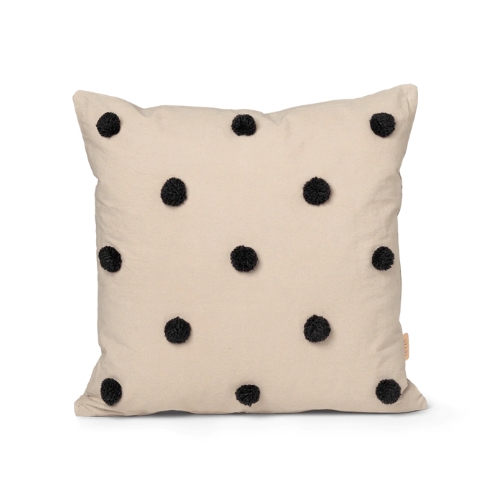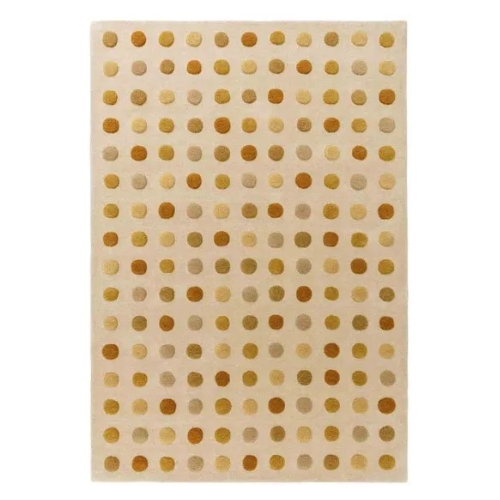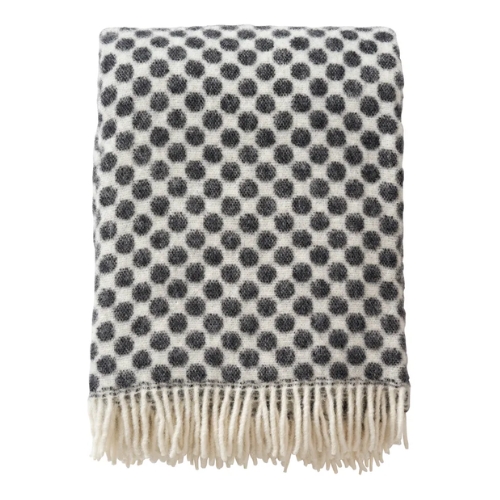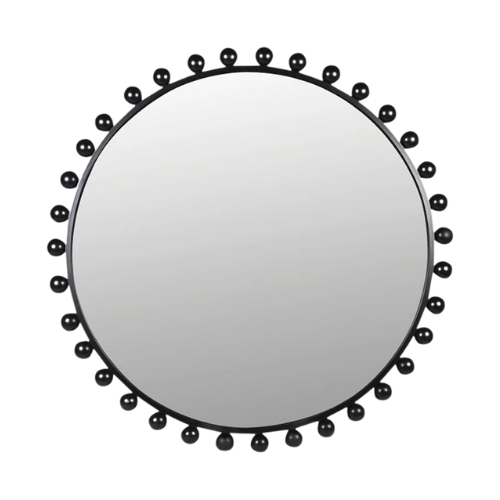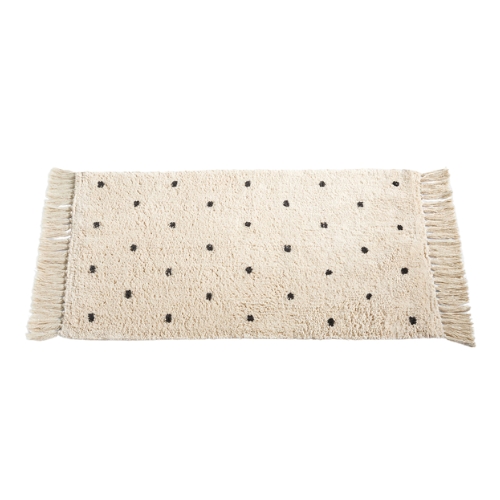We've Just Pinpointed the Next Pattern About to Take Over Interiors — Plus, How to Make It Look Cool, Not Childish
Polka dots have proliferated the fashion scene lately, which means it's high time we embraced the 1960s-style pattern in our homes — here's how to do it
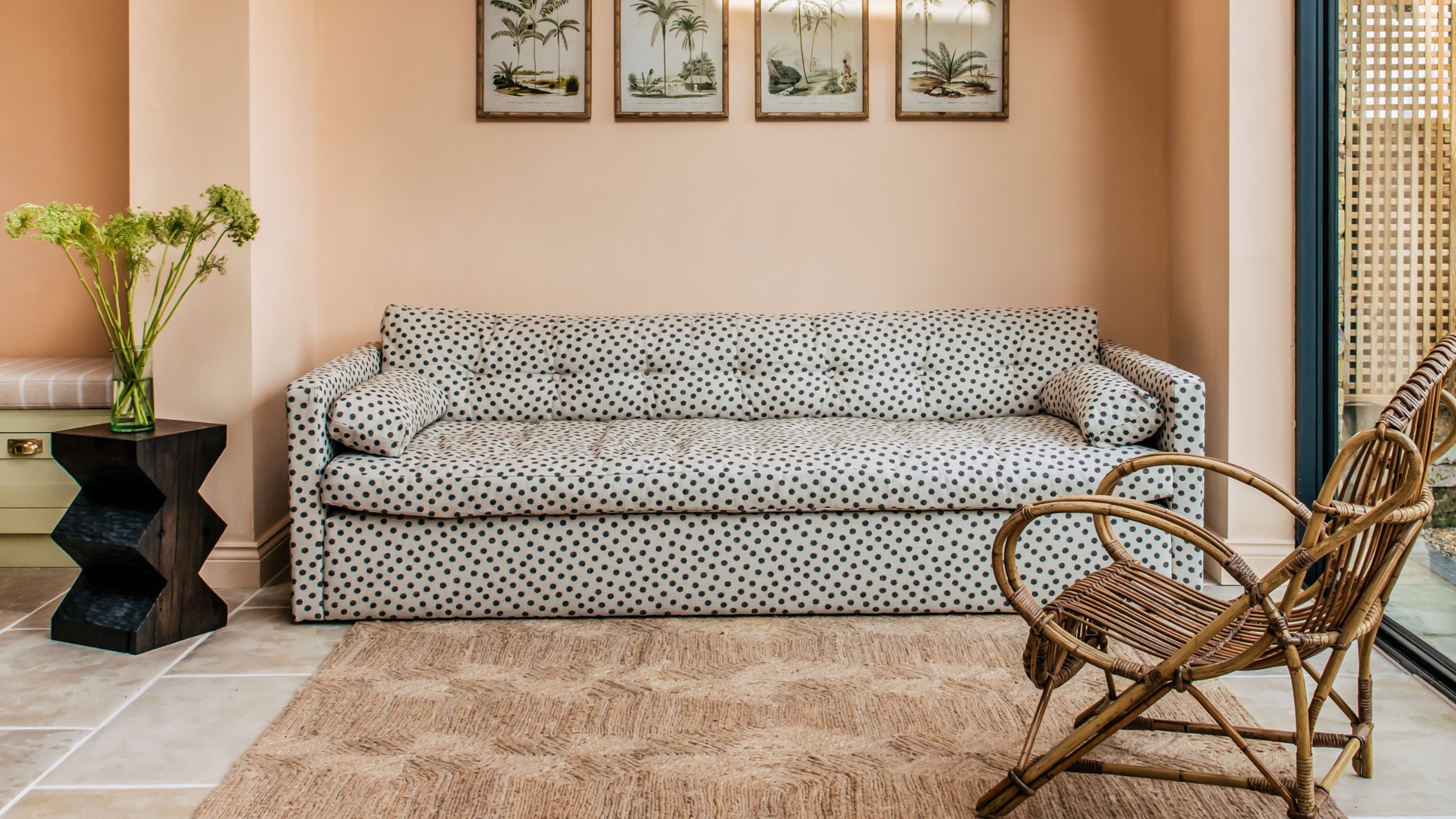

From the Jacquemus and Miu Miu runways to street fashion in every city, the polka dot pattern has proliferated our collective consciousness lately. And we know how this story goes — first in fashion, soon to be in interiors. So, how do you make the dot feel design-forward?
After years of minimalism dominating interiors, we're seeing a noticeable shift towards a more maximalist approach — bolder patterns, layered textures, and expressive colors. "Polka dots fit perfectly within this trend, offering visual interest without overwhelming a space," interior designer, Roger Higgins, tells me.
Though seemingly youthful at its core, this soon-to-be interior design trend is proving it can feel sophisticated. Just think of Parisian ateliers, then picture a polka dot throw pillow breaking the tension in a room. Below, designers break down how to perfect polka dots in today's interiors.
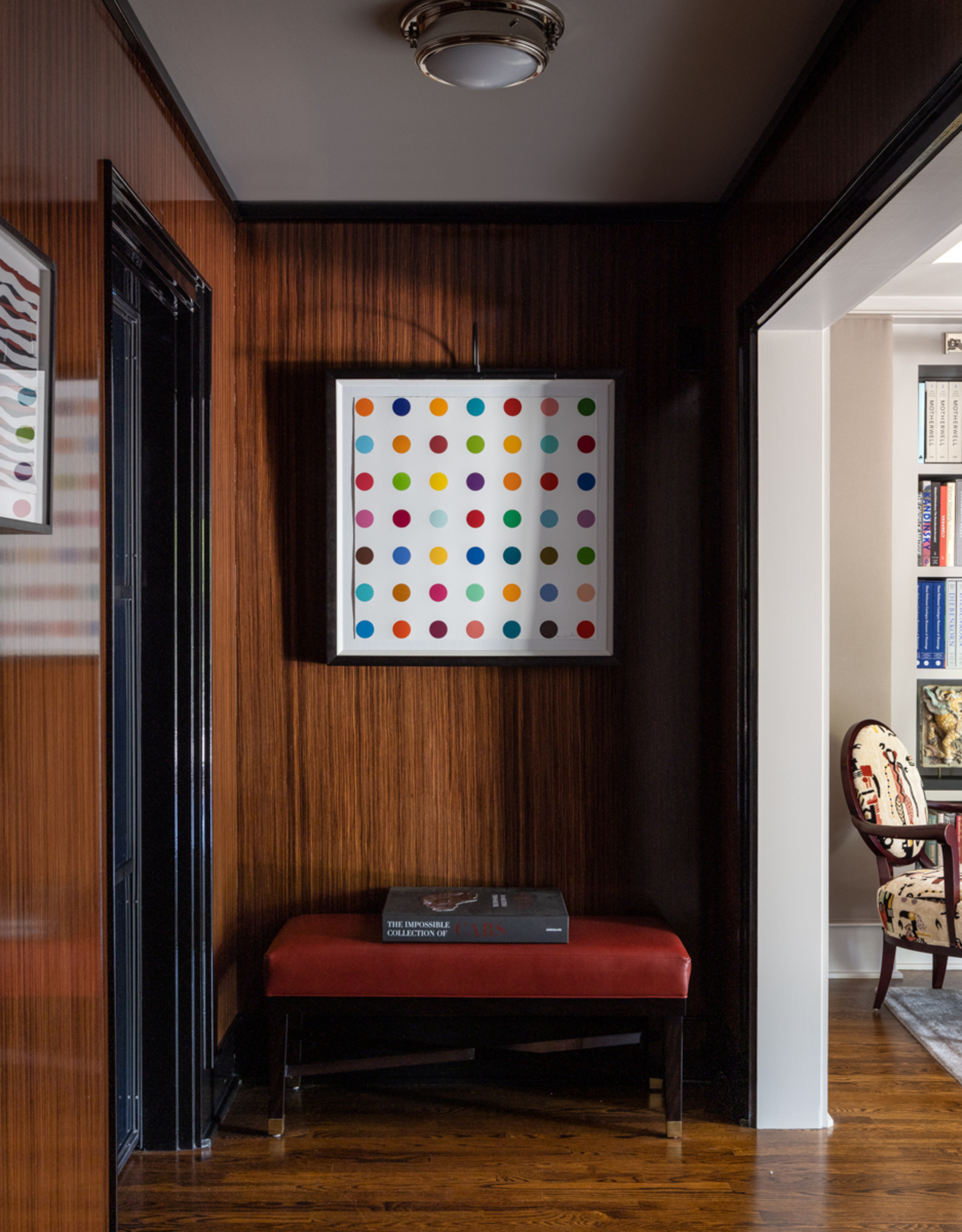
A wood-drenched space often caters to a very refined and moody setting. However, the multi-colored polka dot artwork adds the perfect amount of playfulness to brighten the space.
Trends, as we know, are cyclical. So, when something garners newfound attention (and especially when it's something as extravagant as polka dots), it's worth doing a little deep dive, rather than just automatically adopting it.
This isn't the first time polka dots have been popular. The pattern is synonymous with 1960s fashion, "But we're yet to see them feature enough in interior design," says London-based interior architect George Jessel.
And why not? "Bold and layered patterns have been trending for a few years now," George explains. We've happily embraced stripes, geometrics, and florals, so polka dots feel like a natural progression.
"I think there's something more exciting and playful about including some polka dot," says George, adding that "It has a very mid-century modern feel to it."
The Livingetc newsletters are your inside source for what’s shaping interiors now - and what’s next. Discover trend forecasts, smart style ideas, and curated shopping inspiration that brings design to life. Subscribe today and stay ahead of the curve.

George Jessel is a UK-based interior designer as well as a set designer. He studied Interior Architecture at the Inchbald School of Design. Since then, he has accumulated diverse experience in residential and retail spaces, collaborating with renowned designers in both the United Kingdom and the United States.
How to Style Polka Dots in Interiors
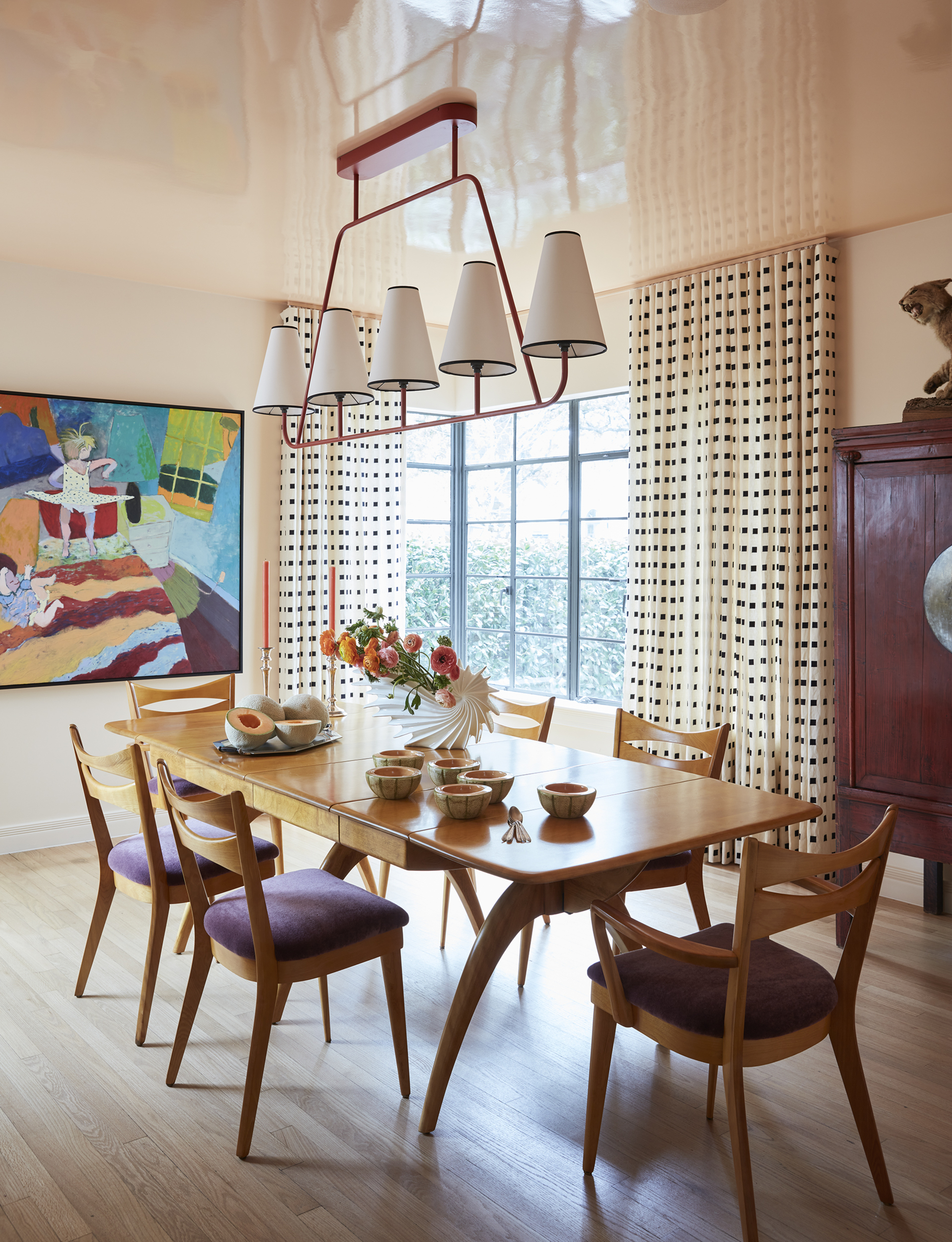
The polka dot curtains in this dining room catch your attention, but simultaneously feel like a natural addition in the space. The smaller size dot makes it more of a texture than a print.
The good news: polka dots are surprisingly easy to play with in interiors. To do it well, interior designer Roger Higgins says you need to keep in mind two things: Firstly, "Play with scale by incorporating polka dots of varying sizes, whether irregular or arranged in a grid-like pattern," he says.
As your eye moves throughout a space, pattern sprinkling polka dots will help create balance, as well as a bit of visual tension.
Secondly, "Limit your palette by sticking to a cohesive color scheme, such as a monochrome color scheme, tonal variations, or using bold multi-colored dots as a focal point," says Roger. A universal color will ensure the pattern doesn't overwhelm.
Opting for black and white polka dots leans into the realm of neutral maximalism, which can help anchor both a colorful and neutral interior scheme. But no matter how you embrace it, polka dots remain a bold choice, which feels inherently design-forward.
In terms of applications to steer clear of, George recommends styling polka dots in interiors as an accent, rather than pattern-drenching a room in it. "This is simply because it's hard to complement with other fabrics — it's not impossible, but you have to be well-versed in pattern clashing," he says.

After graduating from Tennessee Wesleyan College, Roger majored in Historic Preservation Design at O’More College of Design before establishing R. Higgins Interiors with his partner, Ann Shipp in 1994. Roger’s highly refined style springs from a gifted imagination, perfectly coupled with a deep appreciation for the classic elements of architecture.

Polka dot tiles are sure to make a statement, but when paired with neutral tones, the result is a stylish and balanced look.
I can picture it now: lounging in your new polka dot sundress while sitting on your sofa trimmed with polka dot pillows. It may be a classic, but the resurgence of polka dots is bringing with it a fresh way to use patterns.

Olivia Wolfe is a Design Writer at Livingetc. She recently graduated from University of the Arts London, London College of Communication with a Masters Degree in Arts and Lifestyle Journalism. In her previous experience, she has worked with multiple multimedia publications in both London and the United States covering a range of culture-related topics, with an expertise in art and design. At the weekends she can be found working on her oil paintings, reading, or antique shopping at one of London's many vintage markets.
